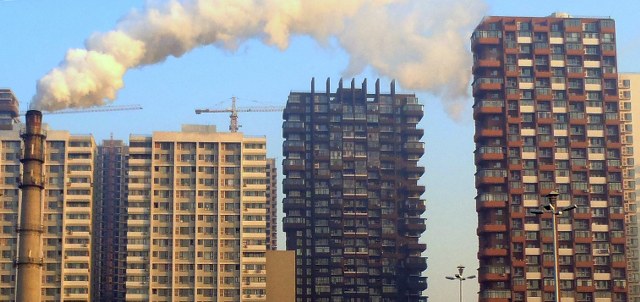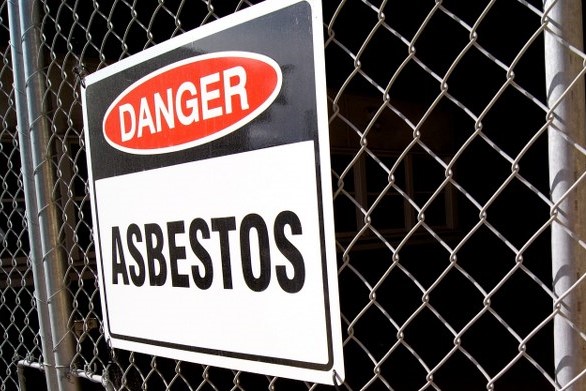Air contaminants present risks to people & the environment.
Exposure to airborne substances, particulate matter, and biological agents in the workplace, or as a result of workplace processes, can present a range of immediate or long-term health risks.
The experienced team at BENSS can assist with all air monitoring, testing, and consultancy services, for most circumstances or regulatory requirements.
- Asbestos
- Silica Dust
- Volatile Organics (VOCs)
- Process Fumes
- Mould
- Biological Agents
- Industrial Pollution
- Airborne Particulates
Industrial Pollution
Many industries produce airborne contaminants that can cause specific air quality and public health issues.
Examples of the more common industrial pollutants of concern include Nitrogen & Sulphur Dioxides, Volatile Organic Compounds (VOCs), Carbon Monoxide, Lead, and Particulates.
In some cases industrial pollution may lead to generation of secondary pollutants, such as ground-level Ozone, formed by reactions of VOCs and Nitrogen Oxides with sunlight.
Our expert consultants can assist with desktop studies and specialist monitoring for a broad range of air quality issues associated with industrial pollution.


Volatile Organic Compounds
Volatile Organic Compounds (VOCs) represent an extensive class of airborne pollutants that can be found in almost every built environment.
VOCs have been linked to ‘Sick Building Syndrome’, where building occupants may suffer from a range of health effects, after spending time in a specific building or area.
VOCs are organic compounds that convert to a gas at room temperature. They can originate from a broad range of sources, including building materials and adhesives, combustion, cleaning products, paints/varnishes, and printing/copying equipment.
Exposure to VOCs can cause acute or chronic health effects, including nausea, respiratory discomfort, headaches, irritation of the eyes/nose/throat, and skin problems. Exposure to high concentrations of certain VOCs, or over a prolonged period, can cause damage to the liver, kidneys or central nervous system, and some VOCs are suspected human carcinogens.
Within manufacturing and processing industries specific VOCs may be produced depending on the raw materials used, type of product or a particular work process.
In many cases there are legislated exposure limits for specific VOCs, and employers are required to conduct monitoring if there might be a risk to workers or the public.
BENSS consultants have provided VOC monitoring for a variety of clients and industries and we can assist with recommendations tailored to individual circumstances.
Airborne Particulates
Exposure to airborne particulate matter (PM) from man-made or natural sources can present a risk of cardiopulmonary disease or lung cancers.
The World Health Organisation (WHO) has identified airborne particulate matter as a significant cause of early death throughout the developed world, particularly for the elderly or those with existing health issues.
Particulate matter from diesel combustion has been recognised as a human carcinogen.

Particulate matter (PM) includes dust, soot, smoke, and liquid droplets, and is broadly classified according to the size of the particles.
‘PM10’ particles are between 2.5 to 10 microns. PM10 is mainly generated as dust and soil from activities such as mining, construction, and farming.
‘PM2.5’ particles are less than 2.5 microns. PM2.5 occurs as emissions from combustion of fossil fuels, or from industries such as smelters, cement processing, paper, or steel mills.
Our consultants can assist with identifying where airborne particulates may present a health risk, monitoring & classification, and advice for reducing or mitigating associated health effects.

Process Fumes & Gases
Many industrial and manufacturing processes may produce harmful fumes & gases.
Hot works, such as welding and gas cutting, are of particular concern as they can produce metal fumes (lead, chromium, nickel, aluminium), fluorides, and other substances. The short term health effects of exposure to these fumes are well documented, and long term exposure has been linked to a number of serious health conditions.
Exposure to fumes from common processes, such as welding, is well-regulated in Australia. If there is any doubt whether workers are being exposed to unsafe levels or process fumes or gases, workplace air monitoring will be required.
Our experienced Occupational Hygiensists can assist with monitoring of individual workers, areas or processes, and provide recommendations for a range of engineering, management or adminstrative controls.
Asbestos & Silica Dusts
Asbestos containing materials (ACMs) are prevalent throughout all built environments. If ACMs are maintained in a good condition and not disturbed, the risks of exposure are typically low.
Where asbestos is disturbed, accidentally or during planned removal works, airborne asbestos fibre can present a significant long-term health risk.
All states and territories have stringent regulations to identify ACMs and manage risks of exposure to airborne fibres, and Asbestos Air Monitoring is a legal requirement in many cases.

Exposure to airborne Silica dust is now recognised as a significant health concern, and exposed workers can develop ‘Silicosis’. Silicosis is similar to asbestosis (asbestos is a silica-based mineral).
Our experienced Asbestos Assessors & Occupational Hygienists can assist with all airborne asbestos and silica dust monitoring.

Mould & Biological Agents
Within the built environment, airborne mould, bacteria & viruses can present health risks.
Mould develops in damp conditions, and is exacerbated by poor ventilation. Exposure to airborne spores can casue respiratory issues, skin problems, or allergic reactions.
Legionnaires disease is an examples of airborne bacteria, which can cause serious illness or death after inhalation of contaminated water droplets. The disease is often associated cooling towers & air conditioning systems, where conditions can favour its rapid growth.
Airborne viruses, such as Covid and Hantavirus (from rodent urine), may also present significant potential health risks.
